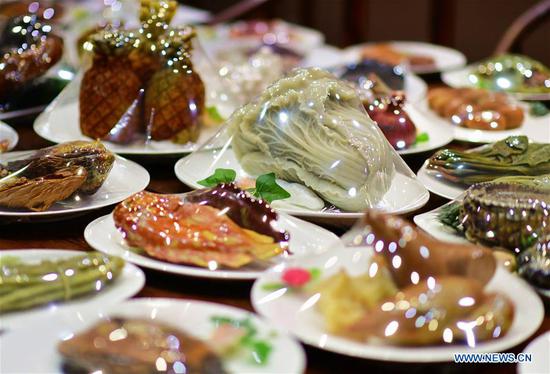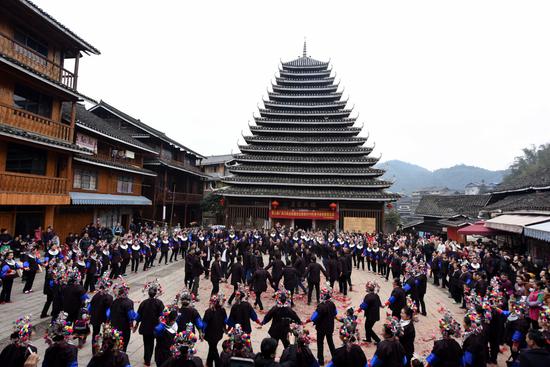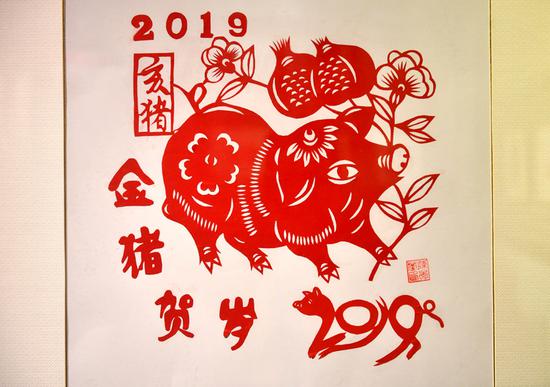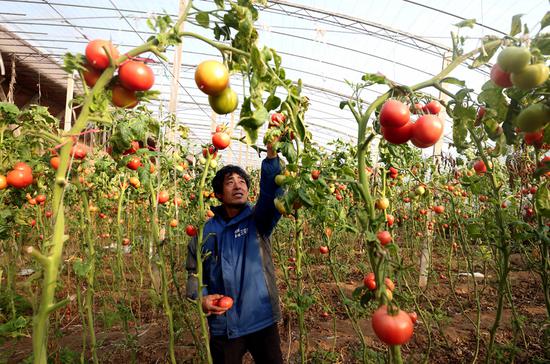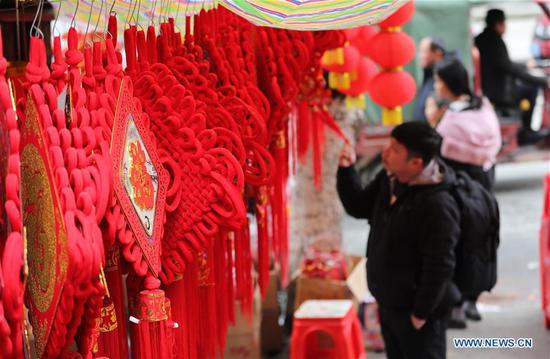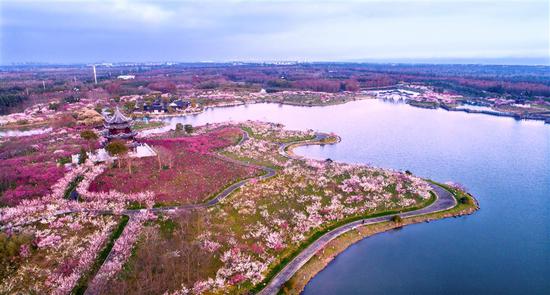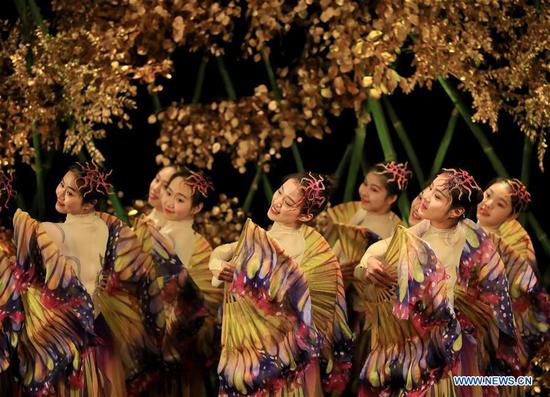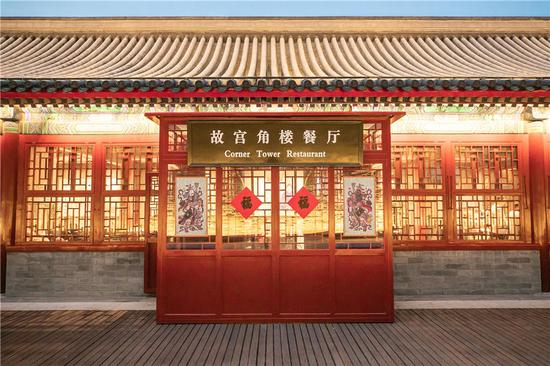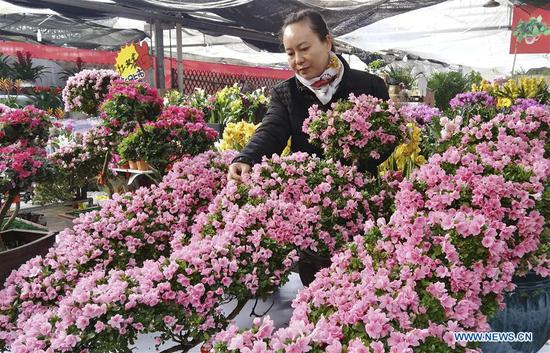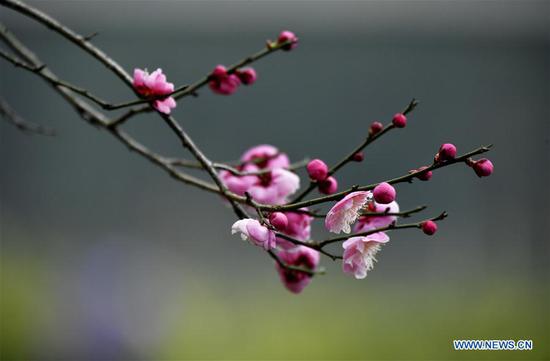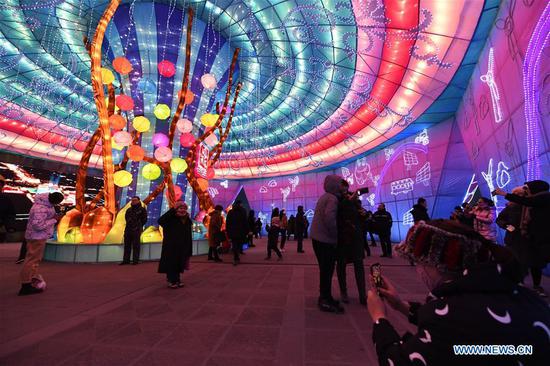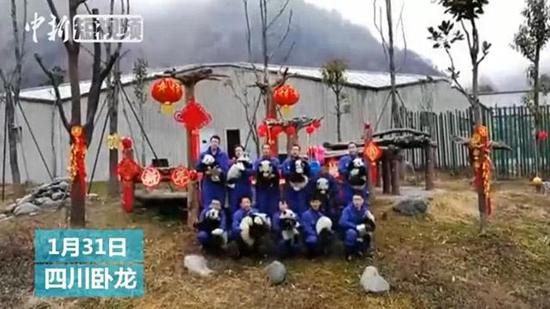History and culture shape the diet of a city, as such local culinary dishes act as the perfect entryway to understanding the history and culture of a locale. Harbin, the capital city of Northeast China's Heilongjiang Province, has some very unique cuisine that has been influenced by its cold climate and location along the Russian border. Here are the three most distinctive Harbin dishes you must try if you want to know more about the city and its people.
Harbin red sausage (hongchang)
Hongchang, or red sausage, is a kind of garlic-flavor smoked sausage with a dark red surface. It was initially imported by Russians more than 100 years ago. Since then, red sausage has become an integral part of Harbin people's daily lives and has become something of a business card for the city.
The three most reputable brands are Shangwei, Churin and Haroulian. Although Churin has more shops, Haroulian has the longest history and Shangwei is the most popular among local people.
"Local people like me only eat Shangwei sausage. But it is not easy to buy, you have to line up for a long time. The store opens at 7:00 in the morning, but some people start lining up at 4 am," a taxi driver surnamed Shi said.
"Their model is the traditional 'Shop up front, factory in the back.' Good pork, good ingredients, absolutely great taste," Shi added.
Each brand smokes their sausages using basswood, which results in a dry and wrinkled surface. Comparing the three, Shangwei sausages have a stronger garlic flavor, Haroulian's have a stronger smoky flavor and Churin's taste the saltiest since "it's not easy to preserve them if you don't use salt," a Churin salesman working out of the city's Central Street told the Global Times.
This preservation was very important back in the day, as ordinary families only brought out red sausage for special occasions such as the Spring Festival.
"When I was a kid, my family was poor. Weeks before the Spring Festival, my father would buy a bundle of red sausage, wrap it up in newspaper and hide it in the top drawer of the cabinet. Every time I found myself alone at home, I would take a small bite in secret to satisfy my greedy stomach. One time, when my dad opened the drawer on Chinese New Year's Eve and saw only half of the big bundle of sausage was left… Well, you can imagine what his face looked like!" middle-aged taxi driver Deng Zhiyong laughed as he shared his fond memories of this food with the Global Times.
Harbin guobaorou
Guobaorou is the most famous pork dish in Harbin.
It doesn't look difficult to cook this dish, you just need to cut some pork tenderloin into slivers about 3 millimeters thick, cover them in potato starch, then fry them and add some sweet-and-sour sauce.
However, controlling the temperature of the oil and getting the sweet-and-sour taste just right are difficult unless you are really experienced. The final pieces of meat must be crispy and crunchy on the outside while staying tender and juicy on the inside.
The history of guobaorou dates back to 1907, according to the documents and materials displayed at the Laochujia restaurant, the founder of which, a chef named Zheng Xingwen who was working for the Harbin government at the time, created the dish to better fit the tastes of Russian visitors that came to the city for business and cultural exchanges. While the dish has been adapted to fit the tastes of different regions throughout China, the traditional Harbin version remains the same.
"Traditional Harbin guobaorou sweet-and-sour sauce is made from sugar and vinegar, which is totally different from Liaoning's version which uses ketchup," Wang, a waitress at Laochujia, told the Global Times.
The Laochujia restaurant has now been passed down over four generations. According to a CCTV interview with Zheng Shuguo, the founder's great-grandson, he had a strong interest in painting when he was young, but later decided to become a chef after he realized his responsibility to pass down the culture and history of both Harbin and his family.
Frozen fruits
Firm and hard like stones, frozen fruits are transitional specialties for the people of Harbin and other Northeast China parts due to the long and cold winter they have to endure. Picked in autumn, fruits like pears and persimmons are placed in large rooms that lack heating or just outside in order to take advantage of the cold temperatures of Nature's freezer.
Although they appear black and ugly, frozen pears are quite delicious. Before you can enjoy one though, you must first thaw it out a bit by soaking it in cold water for about an hour. Usually an ice-shell will form around the fruit so just peel this off and take a small bite of the pear to enjoy its sweet juices.
Different from red sausage from Russia and guobaorou, frozen fruit embodies the wisdom of northeastern people in adapting to the freezing winter. This kind of snack can be found in almost every grocery store in Harbin. "You don't have to worry about them too much. When the time and temperature is right, fruits just freeze naturally," said a woman who was selling frozen fruit in a grocery store on Hongxia Street.
The traditional choices for Harbin people are frozen pears and persimmons because they freeze the best. Nowadays, people in Harbin still love frozen fruits and have even started freezing fruits from other regions such as strawberries and peaches.
"It is our way of life," said the saleswoman.









